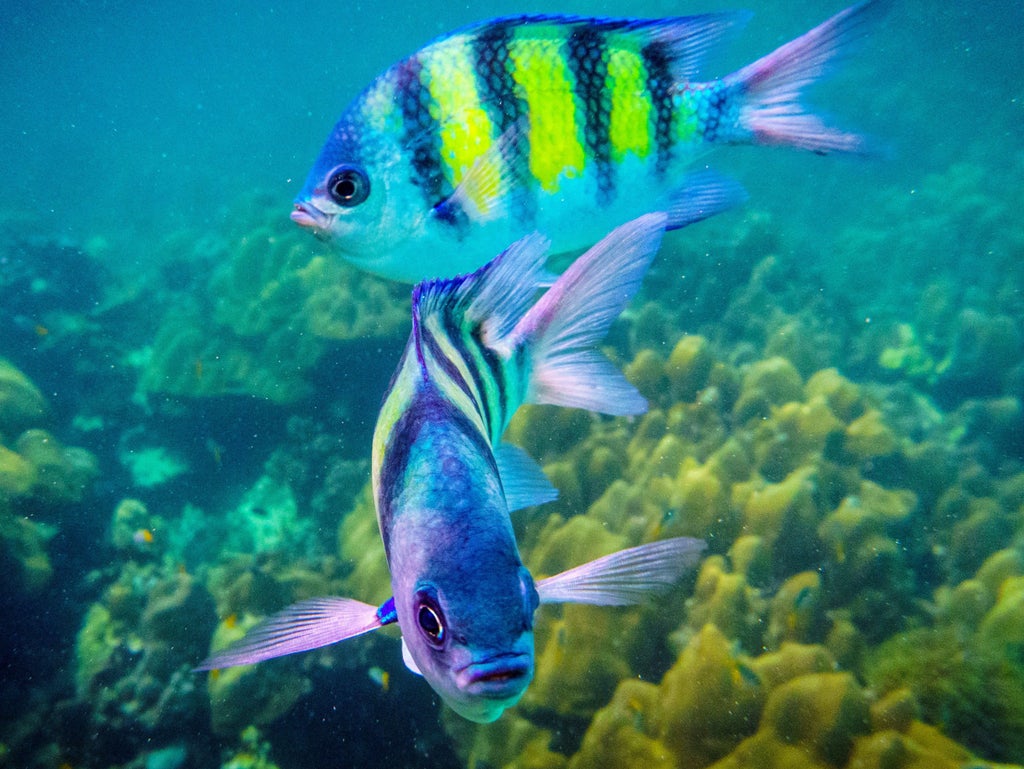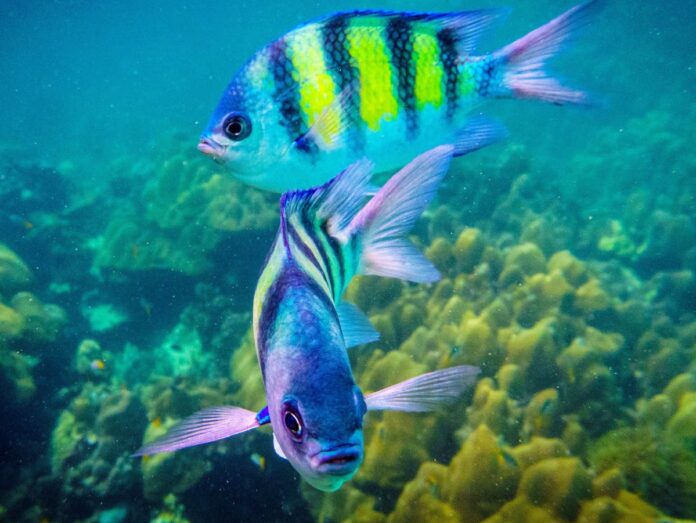[ad_1]

Paint could be one of the most common types of microplastics in the ocean and poses an “overlooked” threat to sealife, scientists have warned.
Toxic fragments are likely to be harming large numbers of marine wildlife in delicate ecosystems, according to a study.
Researchers who carried out surveys across the North Atlantic estimated that each cubic metre of seawater contained an average of 0.01 paint flakes.
They found the material was second only in abundance to microplastic fibres, which have an estimated concentration of about 0.16 particles in a cubic metre.
Chemical analysis of some of the paint revealed high quantities of copper, lead and iron, which could pose an extra threat to both the ocean and many species living in it that ingest the particles.
Ships and oil rigs are covered with paint protecting them from corrosion, but it may flake off into the sea, where it kills marine life.
There are between 15 and 51 trillion particles of microplastics in the sea, a 2015 study estimated – a figure that has since risen.
And at least 8 million tons of plastic end up in our oceans every year, according to the IUCN.
Large pieces of plastic choke wildlife or lodge in their intestines or strangle them.
But microplastics – fragments less than 5mm long – are the most immediately deadly because they are more easily ingested by birds, fish and marine animals.
They are also found in drug capsules, clothing and toothpaste.
The new study, carried out by scientists from the University of Plymouth and the Marine Biological Association and published in Science of the Total Environment, found paint flakes appeared more densely distributed around the shelf seas of northwest Europe than in open oceans.
Their chemical composition was consistent with paint from hulls and other components of ships. In coastal zones, paint may also come from road run-off, buildings and waste and industrial sites, the researchers said.
Using more environmentally friendly, non-toxic paints and limiting inputs into the oceans would help, they added.
Clare Ostle, of the MBA and study co-author, added: “We now know that plastics are everywhere, and that most organisms are likely to be ingesting them, but less is known about how harmful this ingestion might be.
“This study has highlighted that paint flakes are an abundant form of microplastic that should not be overlooked, particularly as some may have toxic properties.”
Lead author Andrew Turner, associate professor in environmental sciences at the University of Plymouth, said: “Paint particles have often been an overlooked component of marine microplastics but this study shows that they are relatively abundant in the ocean. The presence of toxic metals like lead and copper pose additional risks to wildlife.”
[ad_2]
Source link















